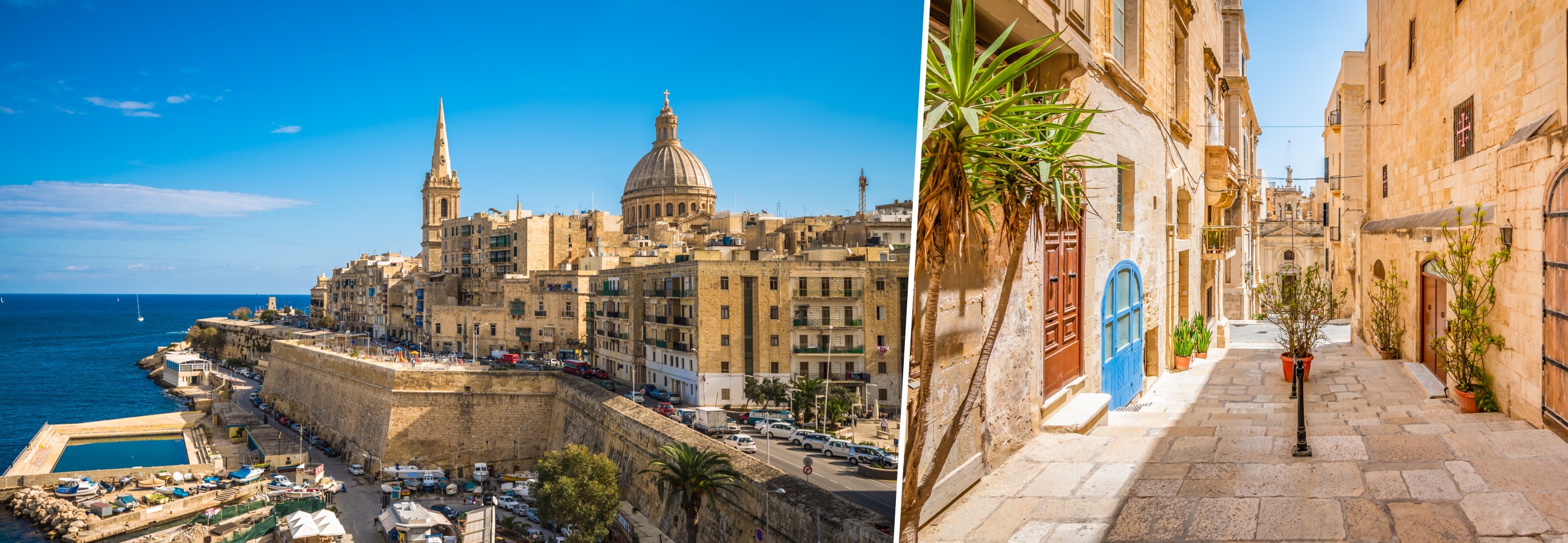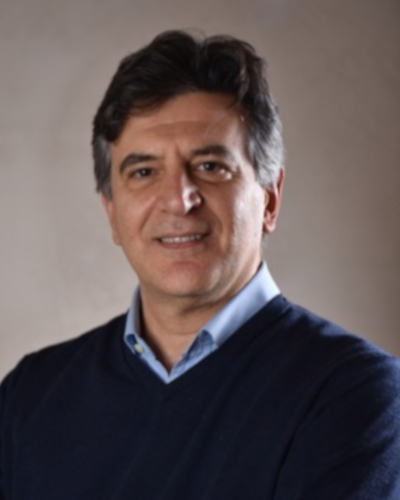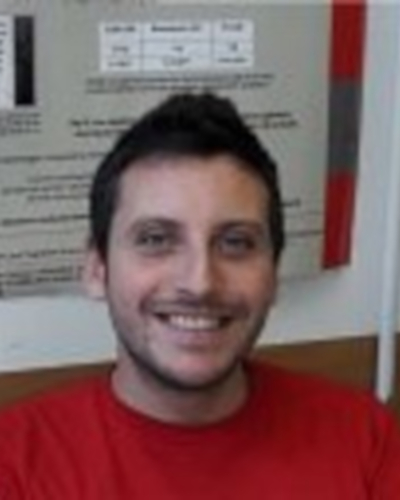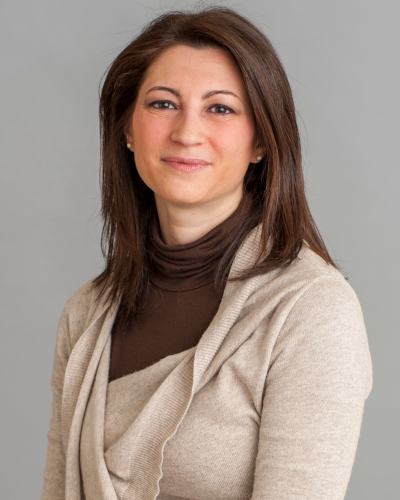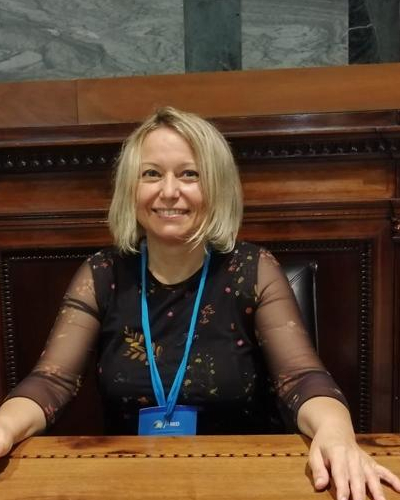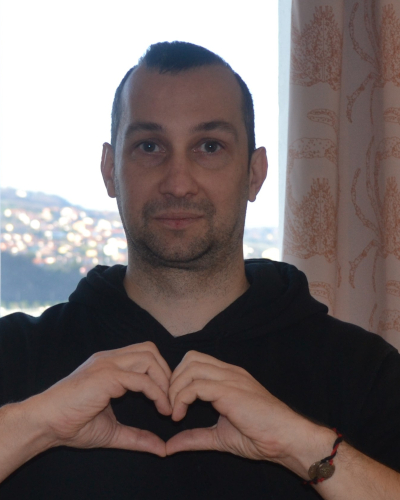SPECIAL SESSION #16
New Detection and remediation strategies for studying and protecting water environments
ORGANIZED BY
Pietro Ferraro
Istituto di Scienze Applicate e Sistemi Intelligenti, Consiglio Nazionale delle Ricerche (ISASI-CNR), Italy
Vittorio Bianco
Istituto di Scienze Applicate e Sistemi Intelligenti, Consiglio Nazionale delle Ricerche (ISASI-CNR), Italy
Stefania Federici
Università degli Studi di Brescia, Italy
Mariacristina Cocca
Istituto per i Polimeri, Compositi e Biomateriali, Consiglio Nazionale delle Ricerche (IPCB-CNR), Italy
Uroš Novak
National Institute of Chemistry Slovenia
ABSTRACT
The introduction of new insights for probing aquatic environments has experienced an impressive growth in the last decade. The widespread pollution due to microplastics and other emerging contaminants raises major concerns and require unprecedented research and development efforts. Nanoplastics pollution represents a yet unexplored research field, in which new sampling and analytical techniques are being developed. Assessing the pollution state of marine environments over a wide scale requires proper sampling and treatment protocols, new high-throughput instruments for microparticles imaging, detection and counting, software architectures for data analysis, and new biological markers through taxonomy approaches and recognition of stress-induced variations. Gathering metrological information on the status of water environments is only the first step. New protocols and cutting-edge technologies are emerging to actively counteract aquatic pollution, which we refer to with the term “remediation”. The aim of this session is to collect contributions from experts in several fields, in order to find novel strategies to map the status, distribution and fluxes of pollutants in aquatic environments and to setup proper remediation plans accordingly. Approaches having roots in the fields of optics, including inspection systems, data analysis methods, biomarkers for water pollution monitoring, as well as in the field of material science including the development of solutions and technologies to mitigate microplastic pollution will be welcome.
MAIN TOPICS
The methods include but are not limited to the following:
- Microscopy (e.g. optical, fluorescence, SEM, confocal, DIC, Phase contrast, etc.);
- Imaging flow cytometry;
- High-throughput line scanning imaging;
- Imaging methods based on coherent light (digital holography, interferometry);
- Spectroscopy techniques: FT-IR, Micro-FTIR, Nano-FTIR, , AFM-IR, NIR spectroscopy;
- Raman based techniques: confocal Raman microscopy, Raman Tweezers, Surface Enhanced Raman Spectroscopy;
- NMR;
- Optical tweezers and optofluidics;
- Thermal analyses: DSC, TGA, Pyrolyser and hyphenated techniques.
The fields of application include but are not limited to:
- Detection and characterization of micro and nanoplastics;
- Biomarkers for water pollution monitoring;
- Microplankton distribution in the water column;
- Characterization of microorganisms (diatoms, microplankton);
- Taxonomy;
- Detection of absorbed pollutants (PFAS/PFOA, antibiotics, …);
- Innovative solutions to mitigate microplastic pollutions;
- Recovery and recycling of marine plastics;
- Technologies to improve degradation of micro and nano-plastics;
- More realistic test materials for micro and nanoplastics.
Furthermore, among others will be considered:
- Water sampling systems and protocols;
- Data analysis methods;
- Artificial Intelligence;
- Multisensors assays;
- Multiscale analysis;
- Data inversion;
- Nanotechnology and Nanospectroscopies.
ABOUT THE ORGANIZERS
Pietro Ferraro is Research Director at Institute of Applied Science and Intelligent Systems, National Council of Research (CNR-ISASI), Pozzuoli, Italy. He is now pursuing his interests in 3D imaging for applications in non destructive testing in aerospace, biomedical field, fiber sensors, nanofluidics, and optofluidics, and application of optical methods for detection of microplastics.. He has published about 300 papers in peer-review journals and has been an invited speaker in several international conferences. He is a co-editor of two books: Micro-/ Nanoengineering and Characterization of Ferroelectric Crystals for Photonic Applications (New York, NY, USA: Springer-Verlag, 2008) and Coherent Light Microscopy(New York, NY, USA: Springer-Verlag, 2011). Dr. Ferraro is a Fellow of the International Society for Optics and Photonics (SPIE) and the Optical Society of America (OSA). He is the Topical Editor of Biomedical Optics Express, member of the Editorial Board of the Optics and Lasers in Engineering Journal, Editor of Nature Light & Science Applications journal, has been member of the Editorial Board of the Measurement & Science Technology Journal for 12 years. He received the SPIE Dannis Gabor Awared in 2020. He is member of the Scientific Board of Italian Space Agency (Agenzia Spaziale Italiana) for the next four years.
Vittorio Bianco received the M.S. degree (cum laude) in telecommunications engineering from the University “Federico II” of Naples, Naples, Italy, and the Ph.D. degree in materials and structures engineering, in 2016. He won the IEEE Best Doctoral Thesis in Optoelectronics 2016 Award. In 2011, he worked with the German Aerospace Centre, Munich, Germany, in the fields of SAR interferometry and tomography. In 2017, he was a Postdoctoral researcher with the University of California, Los Angeles (UCLA), USA, working in the field of lensless inline digital holography. Since 2012, he has been with the Italian National Research Council (CNR), working in the fields of digital holography, optics and image processing, computational microscopy, optical systems engineering, microfluidics, holographic flow cytometry, phase-contrast tomography for diagnostics and environmental monitoring. He is currently Senior Staff Researcher at the CNR Institute of Applied Sciences and Intelligent Systems. He has co-authored more than 170 works in his fields of expertise.
Stefania Federici received her PhD in Technologies and Energetic Systems for Mechanical Industry (University of Brescia) in 2012 and her M.Sc. degree (cum laude) in Physics from Università Cattolica del Sacro Cuore in 2008. She is currently Senior Research Fellow at the Department of Mechanical and Industrial Engineering at the University of Brescia. Her research activity is focused on the realization of more realistic test materials for micro and nanoplastics environmental pollution. She is also interested in the study of the interaction between nanoplastics and biological systems. She is responsible for the “Chem-Bio-Nano Interfaces” division at the Chemistry for Technologies Laboratory at the University of Brescia. She is Action Chair of the COST Action “Plastics monitoRIng detectiOn RemedIaTion recovery – PRIORITY”, which connects about 400 researchers working on micro and nanoplastics issues. She participates in several national and international projects dealing with micro and nanoplastics.
Mariacristina Cocca is researcher at the Institute for Polymers, composites and Biomaterials of the National Research Council of Italy (IPCB-CNR). Her research activities have been focused on the preparation, chemical-physical and functional characterization as well as the study of formulation/process/structure-property relationship in polymeric based materials such as polymorphic polymers, polymer blends, nano and microstructured composites, textile and micro/nanoplastic. Recently, her researches have been focused on: -identification, quantification and analysis of microplastics, particularly that released from synthetic textiles; -development of analytical procedures to identify and quantify microplastics in complex matrices (air, freshwater, seawater, wastewater, etc.); -development and validation of different mitigation strategies for microplastic pollution. She is co-author of about 80 scientific papers published on international journals, book chapters, and co-editor of 3 books published by Routledge and Springer. She is responsible for IPCB-CNR of national and international projects dealing with macro microplastics.
Uroš Novak is experienced Researcher with an obtained Ph.D. in Chemical Engineering in 2014 (University of Ljubljana). Skilled in Biotechnology, Research and Development (R&D), Startup Development, Chemical Engineering, and Science with more than 10 years of experience. Author of 40+ scientific articles (1000+ citations), and speaker at more than 150 events. Leader of the research group for Bioplastics, biocomposites and zero-waste technologies at the Department of Catalysis and Chemical Reaction Engineering at the National Institute of Chemistry, Slovenia. Coordinator of the BioApp platform, establishing a sustainable flow of information among stakeholders included in the production of products made out of innovative natural biopolymer material with high added value and the corresponding development of services focused on the needs of the food, cosmetics and health-related industries. Passionate for transforming science into practical solutions. Finalist of the EU social innovation challenge in 2019, further leading to the creation of 123zero start-up. Co-founder and CTO in two start-ups with the ambition to cocreate and support one new start-up per year. Recipient of multiple national and international awards for scientific excellence as well as for his innovations and inventions. Coordinator of the Horizon Europe Missions Lighthouse project REMEDIES and principal investigator in 4 Horizon Europe projects (ESTELLA, RURALITIES, PROPLANET and UPSTREAM) and Interreg Central Europe (TeBiCe).

